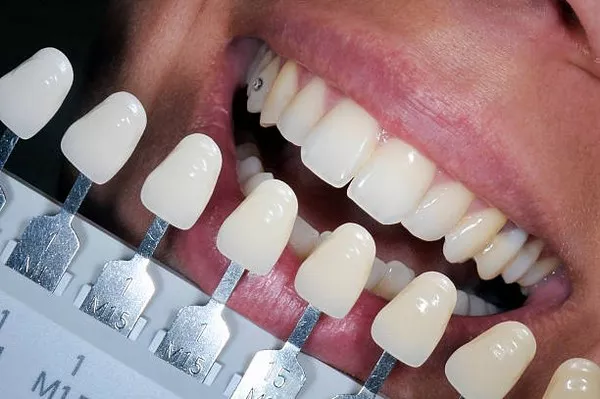In today’s fast-paced world, achieving that picture-perfect smile is a priority for many individuals. Orthodontic treatment offers a way to straighten teeth and correct misalignments, enhancing both oral health and aesthetics. But the question on everyone’s mind is, “How much does orthodontic treatment cost?” In this comprehensive guide, we’ll delve into the factors that influence the cost of orthodontic care and provide you with valuable insights on budgeting and financing options.
1. Factors Affecting Orthodontic Treatment Cost
Orthodontic treatment costs can vary widely, and understanding the key factors that influence these costs is crucial. Here are the main considerations:
Type of Orthodontic Treatment: The choice between traditional metal braces, ceramic braces, or clear aligners like Invisalign significantly impacts the overall cost. Ceramic and clear aligners generally cost more than traditional metal braces.
Treatment Duration: The length of treatment can range from several months to a few years. Longer treatments naturally come with higher costs.
Severity of the Issue: The complexity of your orthodontic problem affects the cost. Minor adjustments typically cost less than complex cases that require extensive realignment.
Geographic Location: The cost of orthodontic treatment can vary based on your geographical area, with metropolitan areas often having higher prices.
Orthodontist’s Experience: More experienced orthodontists may charge higher fees. However, their expertise can lead to more efficient and effective treatment.
2. Types of Orthodontic Treatment
Orthodontic treatment comes in various forms to address different needs and preferences. Here are three common types:
Traditional Metal Braces: These are the most common and cost-effective option. They consist of metal brackets and wires that gradually move teeth into their correct positions.
Ceramic Braces: These are less visible than metal braces as they use clear or tooth-colored brackets. While they offer a more discreet option, they tend to be more expensive.
Clear Aligners (e.g., Invisalign): Clear aligners are virtually invisible and removable, making them a popular choice among adults. They are usually costlier but offer greater convenience.
3. Budgeting for Braces
Budgeting for orthodontic treatment is essential to ensure you can comfortably cover the costs. Here are some practical steps to consider:
Get Multiple Quotes: Consult with several orthodontists to get a range of cost estimates for your specific needs. This will help you find an option that suits your budget.
Dental Insurance: Check if your dental insurance plan covers orthodontic treatment. Many plans provide partial coverage, which can significantly reduce your out-of-pocket expenses.
Flexible Spending Accounts (FSAs) or Health Savings Accounts (HSAs): These accounts allow you to set aside pre-tax money for medical expenses, including orthodontic treatment. Utilizing them can provide financial relief.
Orthodontic Financing: Many orthodontic practices offer financing options, including monthly payment plans. These plans can help you spread the cost over a more extended period.
4. Dental Insurance for Orthodontic Treatment
Dental insurance can play a pivotal role in making orthodontic treatment more affordable. However, it’s essential to understand how it works:
Coverage Limitations: Dental insurance plans usually have a maximum lifetime benefit for orthodontic treatment. Be aware of this limit to avoid unexpected expenses.
Age Limitations: Many plans only cover orthodontic treatment for children and adolescents. Adults may need to explore other financial options.
Orthodontist Selection: Check if your chosen orthodontist is in-network with your insurance provider. Out-of-network providers may result in higher out-of-pocket costs.
5. Maintaining Your Investment
Once you’ve invested in orthodontic treatment, it’s essential to maintain your new smile. Here are some tips:
Regular Check-Ups: Continue with your scheduled appointments with the orthodontist to ensure your teeth remain in proper alignment.
Retainers: Most patients need to wear retainers after their treatment to prevent relapse. Neglecting retainers can lead to the need for additional orthodontic work.
Oral Hygiene: Maintain good oral hygiene habits to protect your investment and ensure your teeth stay healthy and straight.
6. Conclusion
In conclusion, the cost of orthodontic treatment can vary based on a multitude of factors. It’s crucial to research and plan accordingly to make this investment in your oral health and confidence.
Related Links:
How does invisible aligners work?
How to fix overbite teeth at home?
Why do my teeth click when i push on them?




























